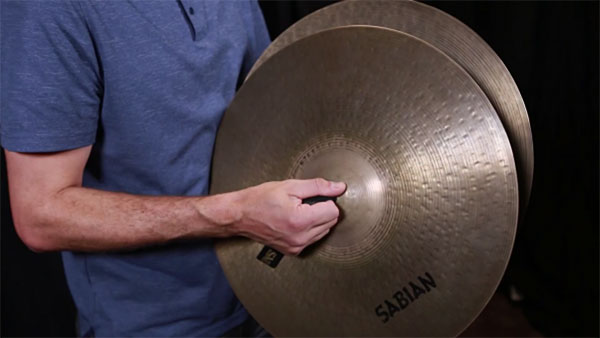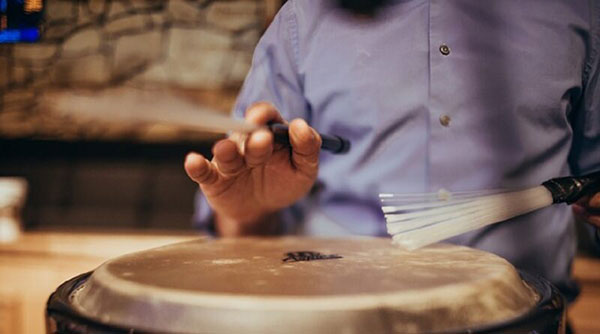Rhythmic musical instruments are musical instruments that play a role in regulating the tempo of the song so that generally it can only issue a few unique tones. This type of musical instrument will not be able to make the rhythm of the “song”.
However, rhythmic instruments play an important role in setting the tempo in a song. So that this tool can create harmony when combined with other musical instruments. As for some examples of rhythmic musical instruments are as follows.
1. Rebana
It is a small, round and thin drum framed in a wooden circle lathe, where one side is covered with goatskin. How to play it is clapped with hands.
2. Kendang
This drum or drum has the function of regulating the rhythm in a song, how to play this instrument is to be hit by hand to the part that is covered with skin on the drum.
3. Triangle
This metal musical instrument has a triangular shape where one corner does not merge. The way to play this instrument is to hit it using a special stick.
4. Tambourine
A tambourine is a musical instrument that has several small pieces of metal around its frame where when it is beaten or shaken the metal will make a sound. besides that there are also those equipped with skins such as tambourines.
5. Cymbals

This musical instrument has many variations in size, the cymbal itself is made of metal with a round and thin shape like a disc and is usually placed on a drum but some are only used by hand.
6. Gong
This traditional Indonesian musical instrument is also found in other countries such as China, Thailand, and Japan. This metal musical instrument is played by hitting it with a wooden stick covered with a thick cloth.
7. Tifa
Almost similar to a drum, this instrument is played by hitting it on the skin. This musical instrument is made of katu which has a cavity in the middle and one side is covered by skin.
8. Conga
The shape of this musical instrument resembles a drum but there are iron tools to hold it. This musical instrument comes from Africa and the shape and material continues to change with the times and even now there are made of fiberglass.
9. Kastanyet
This instrument consists of a pair of concave wooden shells and is usually played to accompany dances from Spain. Kastanyet itself is played by being held by the left hand and then clapping by the right hand like “applause”.
10. Calung
The last is a traditional musical instrument originating from West Java or the Sundanese tribe, this musical instrument is made of awi wulung or friend bamboo. Although the shape is similar to angklung, but calung is played in a different way, namely being hit.
Those are some examples of rhythmic musical instruments and their explanations, although they cannot make a rhythm in a song, this type of musical instrument has an important role in the tempo of a song.
